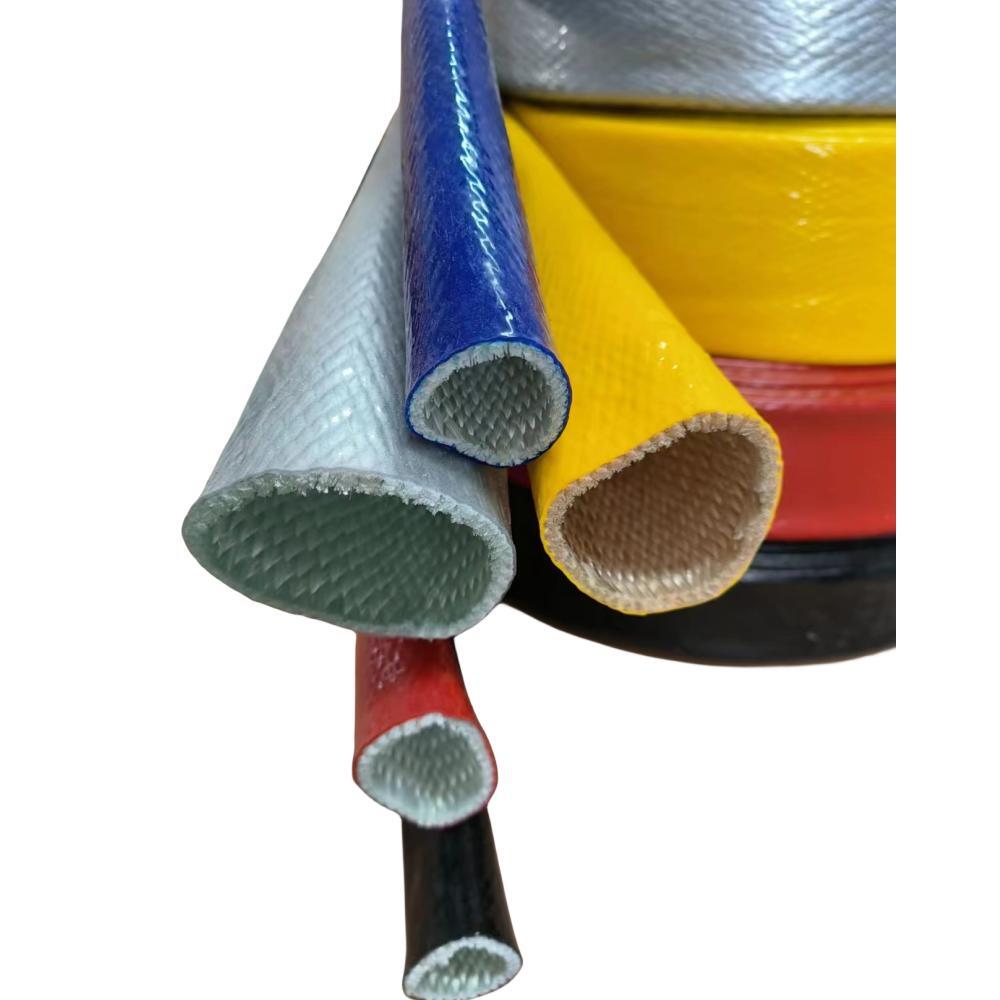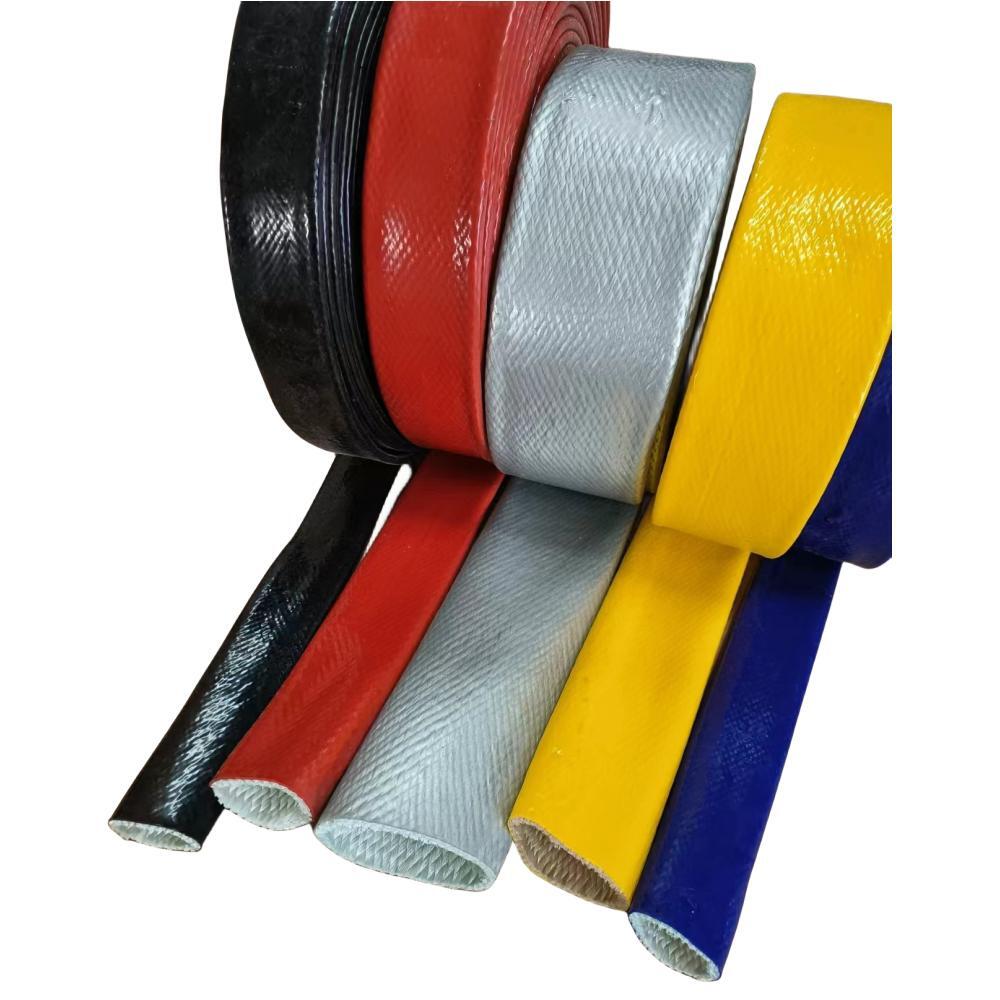A fire sleeve, also known as a silicone coated fiberglass braided sleeve, is a protective covering typically used to shield hoses, cables, wires, and other critical components from high temperatures, flames, molten metal splash, and heat radiation. Here are some key features and applications of fire sleeves:
Material Composition: Usually made from a combination of fiberglass and silicone, providing both heat resistance and flexibility.
Temperature Resistance: Can withstand high temperatures ranging from hundreds to over a thousand degrees Fahrenheit, depending on the specific type and construction.
Protective Properties:
Flexibility: Despite its protective properties, it remains flexible and easy to install over various shapes and sizes of cables or hoses.
Chemical Resistance: Often resistant to oils, fuels, hydraulic fluids, and other chemicals, enhancing durability in industrial environments.
Automotive: Used to protect fuel lines, brake lines, and wiring harnesses from high engine temperatures and potential fluid leaks.
Aerospace: Critical for protecting hydraulic lines, wiring, and other components in aircraft where fire resistance is paramount.
Industrial: Commonly used in manufacturing plants, steel mills, foundries, and other industrial settings to protect cables, hoses, and equipment from heat and molten metal splash.
Marine: Utilized on boats and ships to safeguard cables and hoses from engine heat and potential fire hazards.
Construction: Used in buildings and infrastructure to protect electrical cables and wiring from fire hazards.
Fire sleeves are typically available in various diameters and lengths to accommodate different sizes of hoses, cables, or wires. They can be slipped over the component needing protection and often secured with ties or clamps. Proper installation ensures full coverage and effectiveness in preventing heat and flame damage.
Temperature Rating: Choose a fire sleeve with a temperature rating that exceeds the maximum expected operating temperature of the protected components.
Size and Fit: Ensure the sleeve fits snugly over the component without being too tight, which could impair flexibility or performance.
Maintenance: Periodically inspect fire sleeves for signs of wear, damage, or degradation, and replace as needed to maintain protection.
In summary, a fire sleeve is a crucial component in industries where protecting hoses, cables, and wires from high temperatures and fire hazards is essential for safety, reliability, and operational efficiency.